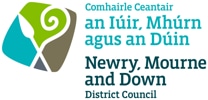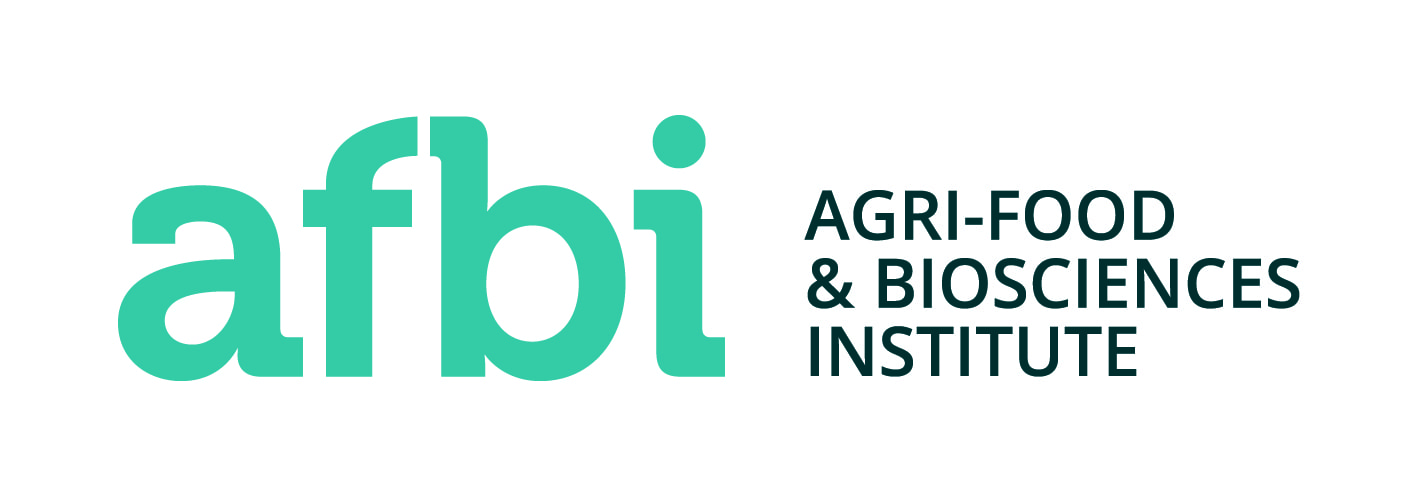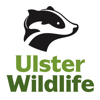No Noah’s Ark for White-clawed Crayfish
10th Feb, 2022
The CANN project has recently halted its plans to re-locate white-clawed crayfish populations within the network of lakes at Magheraveeley-Kilrooskey. Only one of the lakes (Horseshoe Lake) holds a crayfish population above the threshold for favourable status, but even this is on a declining trajectory. The threshold is measured as catch per unit effort (CPUE) and should be above one. At Horseshoe Lake, catches have been, on average, just above one cra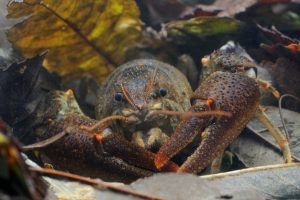 yfish per trap depending on season and surveys at Dummy’s Lough, the only other lake with a substantial population, typically return CPUEs at well below one.
yfish per trap depending on season and surveys at Dummy’s Lough, the only other lake with a substantial population, typically return CPUEs at well below one.
Evidence over the last five years has found that future translocation of this species is not a feasible plan and indeed that a previous translocation attempt has failed. Between 2013 and 2015, an attempt was made to move crayfish from Horseshoe lake to Knockballymore; however, surveys have not found a single crayfish in the new site. In addition, the project has found invasive zebra mussels on the lough, which indicates connectivity with other water bodies meaning that crayfish plague may also have moved in and could have played a part in this failure. Angling activity could also have transferred Crayfish 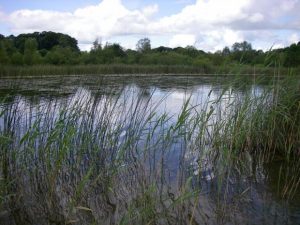 Plague. Anecdotal evidence shows that the angling stands attract anglers from far afield. It is almost impossible to control this access or behaviours that might transfer invasive alien plants and animals.
Plague. Anecdotal evidence shows that the angling stands attract anglers from far afield. It is almost impossible to control this access or behaviours that might transfer invasive alien plants and animals.
The cluster’s potential target lakes are also exposed to pollution transfers; Knockballymore, for example, is exposed to pollution transfers from the adjacent river. The CANN project has data from pesticide analysis that indicates pollution transfer from North to South, especially during flood events.
With populations so fragile, only waters with no connectivity to other lakes or rivers and no fishing stands can support good crayfish populations or become ark sites.
A further blow to the plans has been discovering that all the potential target lakes and even the donor sites are under pressure from nutrient enrichment. The lakes appear to have accumulated nutrients over decades. Their lower and colder layers of water (hypolimnia) tend to become anoxic or even anaerobic during summer’s thermal stratification. This stratification results in nutrient mobilisation from the lake sediments, enabling large seasonal algal blooms.
In short, we would advocate efforts to mitigate nutrient, pollution and potential pathogen transfer and mitigation of the internal nutrient loading before embarking on further crayfish translocation
- Cookies
- |
- Privacy Policy
- |
- Copyright 2022 ©
Website designed by Visionworks Interactive

